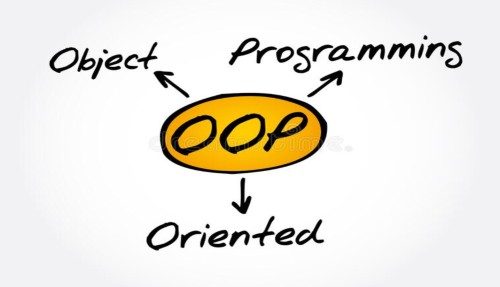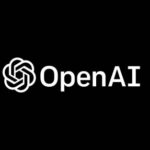Object-oriented programming (OOP) is a programming paradigm based on the concept of “objects”, which can contain data, in the form of fields (often known as attributes or properties), and code, in the form of procedures (often known as methods). OOP can help developers solve complex problems by creating objects, which are small self-contained sections of code that can be repeatedly used throughout a program. A basic understanding of OOP might look like this:
It emphasizes a clear separation between the interface to an object and its implementation.
It allows software components to be reused multiple times in different programs.
It makes it easier to build complex systems by breaking them down into smaller, more manageable objects.
Objects contain both data and code, and they interact with one another through methods. Objects also have properties, which are basically variables associated with the object.
Object-oriented programming is not only about creating objects; it is also about the relationships among objects. In order to understand how objects interact with each other, you need to understand inheritance, composition, and abstraction.
Inheritance is when an object inherits characteristics from another object. This means that a child object can reuse (inherit) methods and properties from its parent object.
Composition is when objects are composed together to form a larger object. For example, in a shopping cart system, the shopping cart could be composed of multiple items.
Abstraction is the process of hiding away the details of how something works and exposing only the necessary information to the outside world. For example, when processing a credit card payment, you don’t need to know exactly how the payment is processed; you just need to know that the payment was successful or not.




